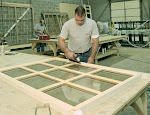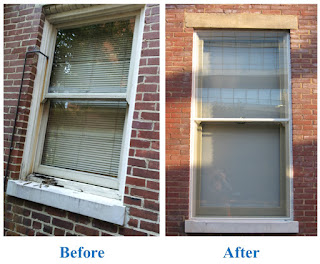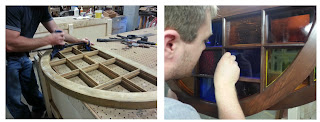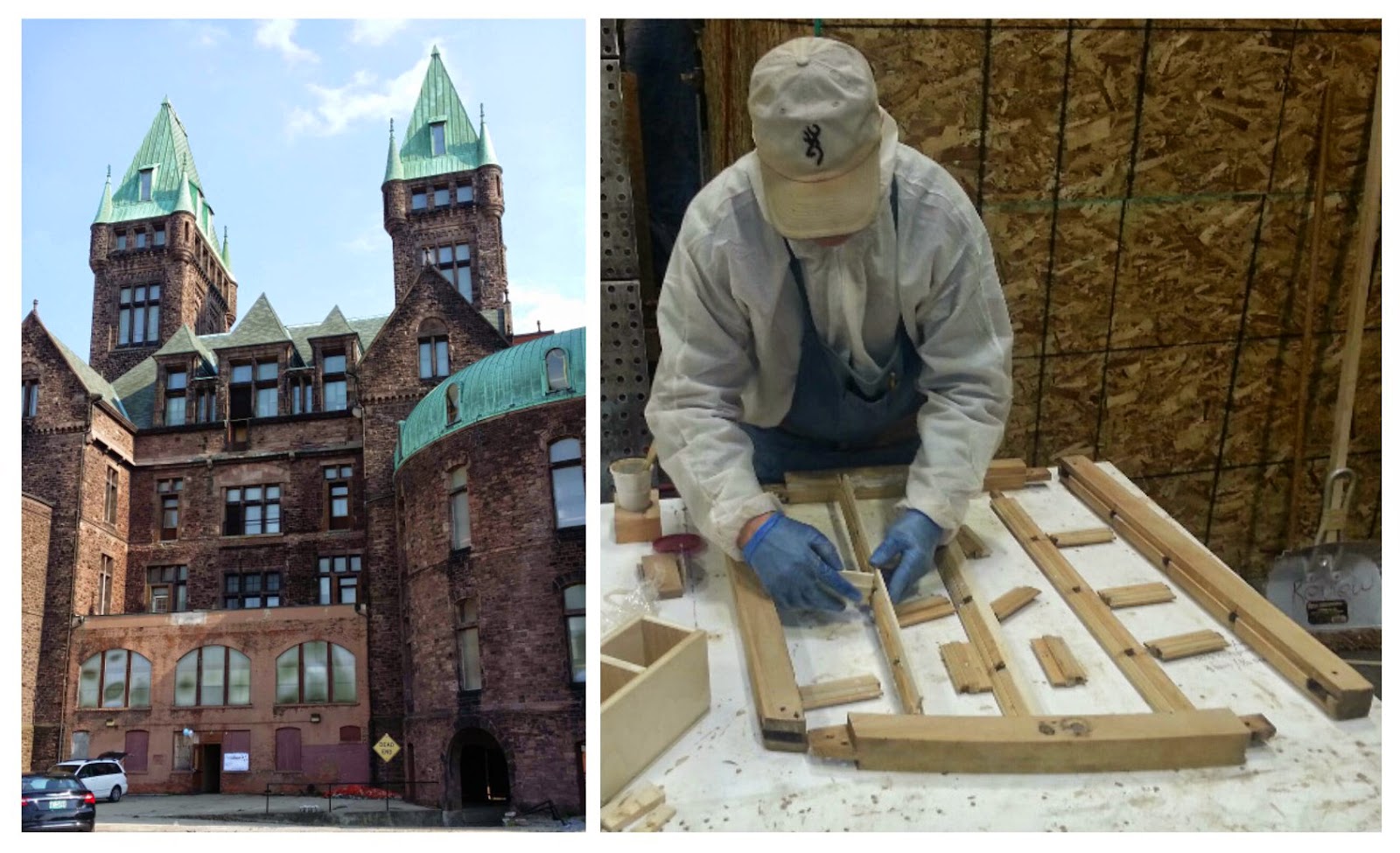Make a Success of your Failures
I have always had a proclivity for dwelling on the positive.
It is probably some “half-full” mentality that was drilled in my head as a
child. Or maybe it is a deep-seated need to impress that was a result of trying
to gain my parents’ attention in a family of five kids. So when someone asks
how about the state of my business, I can recite all of the great things that
are going on at Re-View with an upbeat flair. I was thinking about this
behavior last week as I was on a project site correcting a product failure. You
haven’t spent much time in the construction industry if you’ve never had a
failure, and if you have tenure and still profess total success, you’re probably
lying to yourself. I am a firm believer that the way a company manages a
failure makes all the difference in how they will succeed in the future. Let’s
take a look at how the construction industry can utilize failures as opportunities
to grow.
Re-View has had its fair share of missteps over the past 22
years. It sometimes seems that every new venture is loaded with hoops to jump
through and landmines to avoid. Many of our setbacks cost the company a great
deal of money. When we dove into this business over 20 years ago, there was
very little information on the proper protocol for restoring historic windows.
There also wasn’t much guidance on how to manufacture custom wood window
replicas on a large scale, so we had to forge through the learning curve. We’re
still learning today. Our most recent challenge had to do with capillary tubes
not functioning properly on insulated glass sent to a high altitude project.
Our company’s philosophy has always been to look at these costly challenges as
opportunities to learn. We quickly figure out a correction, implement the
remedy, and proceed onward as a stronger company that will avoid such mistakes
in the future. Failures are merely a cost of education.
What are some of the landmines for the construction industry
today?
There are a host of new technologies emerging for the
construction industry: new developments in drone surveying, 3D printing, netzero construction, smart helmets, and 3D building scanning to name just a few.
It is very common to lose a great deal of money and productivity when applying
a new technology because of the time it takes to learn, train, and adopt the
new way of doing business. The implementation of new technologies is burdened
with setbacks. Think back on how long it took to take advantage of CAD,
computerization, and communications. It wasn’t too long ago that it was rare to
find someone who had an e-mail address. Technology is a necessary struggle for
all construction related companies. The important thing is to be on the leading
rather than the bleeding edge of technology.
New product developments can also be fraught with potential
failures. Not only does a revolutionary material not have a proven track
record, but the installation methods are also untested. That is a double
jeopardy. Many new products are put through a battery of accelerated laboratory
testing to determine whether they can perform as intended. Unfortunately,
Mother Nature often does not act in the same manner as the lab tests conducted
by scientists. Depending upon the product, it might require experienced
installation techniques that can take a subcontractor many years to perfect.
The industry is full of great products that failed due to improper
installation. Do you really want to be the guinea pig for such ventures?
Selecting who is to be on the project team is also a
potential landmine. If you have a design firm that doesn’t have experience in a
particular line of work, the project gets off on the wrong foot and everyone
has to struggle through the details. Also, you don’t want a general contractor
to cut his teeth on a building that has features that are foreign to his
background. And let’s not forget all of those hungry subcontractors who will
take a job regardless of their expertise. I can tell you stories of the
hundreds of woodworkers who claim to be window manufacturers, but in reality
have no such training. In addition to experience, the company’s background in
the same size of project is almost as important. Factors such as financing,
bonding, and capacity can crater many efficient companies that are out of their
league on a mega project. As a result, I am seeing more stringent
prequalification standards for special projects and a growth in Integrated
Project Delivery where architects, contractors, and subcontractors form a team
at the design stage.
Finally, let’s not forget the human element that is
responsible for Murphy’s Law. Having a lax safety program will create problems
on a project, cause delays, and increase costs. The good companies are learning
from their injuries to avoid them in the future. The best companies are
anticipating potential hazards before they happen and developing procedures to
eliminate the possibility of an injury. Quality of work is another human element
that can be perfected by inspecting failures. If one takes the time to dissect
a punch list and develop procedures to avoid mistakes in the future, everyone
is happy. The best companies are working towards a zero punch list mentality
where work quality is built into the system.
I like the quote from Winston Churchill that says, “Success
is stumbling from failure to failure with no loss of enthusiasm.” If you are
able to ingrain that attitude in your company culture, you will be a success in
the construction industry. It may also make the situation a little more
tolerable when you have to hunker down and make things right on a project that
has gone wrong.




















